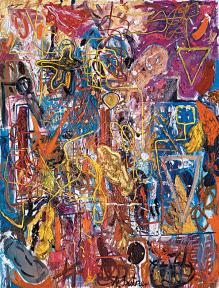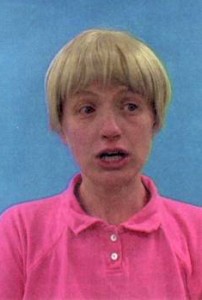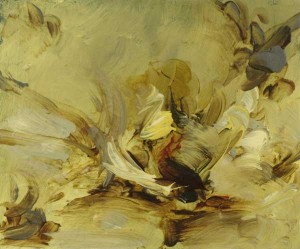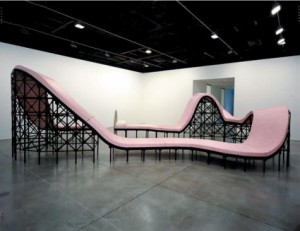For ‘Time Out New York’ Magazine, April 2008
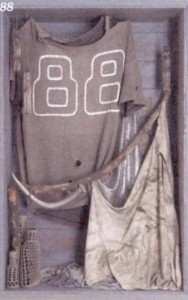
Previously known for sculptures of sequined deer and other strange fauna, Marc Swanson seems to be hunting different trophies in his current show. Although a pile of sparkly black antlers greets visitors, a nearby wall-mounted case – a sort of reliquary containing a grungy football jersey and a swath of glam fabric – indicates that the artist is shifting his aim from animals to humans.
Also new is the incorporation of geometric patterns or diagrams – related, apparently, to personality testing and psychiatric evaluation – into several of the pieces, most chillingly Love is All Around (2007), a video created with Neil Gust. In it, we see a shirtless young man with DEVOTION tattooed across his chest posing against a tinseled backdrop in a red-lit room. A network of lines running over and behind him suggests that not only is his body being subjected to some creepy kind of analysis, but his mind is too. In the back gallery, viewers find themselves similarly dissected, thanks to two sculptural installations incorporating mirrors behind radiating webs of string and wood.
Even more disconcerting is another vitrine in which grimy t-shirts are covered in latex to form a giant hide pierced with thin gold chains. The piece recalls an earlier Swanson effort created out of T-shirts, a sort of boat sail evoking sweaty erotic camaraderie. But here, the resemblance to flayed skin, and the dark undercurrent of the other works in the dimly lit gallery sends a far more sinister message.
